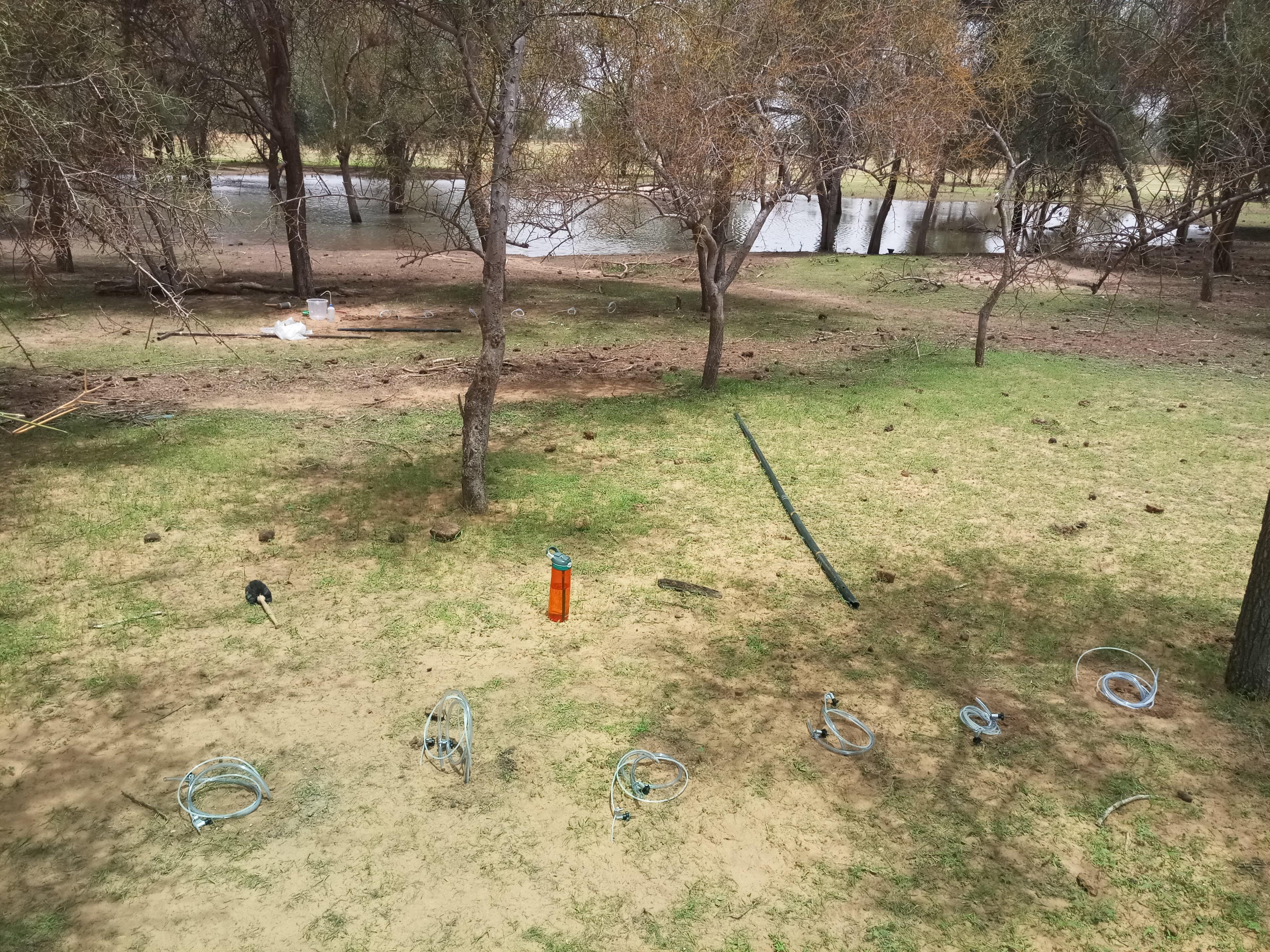Isotopic and model-based approach to assess water partitioning in the continuum soil-plant-atmosphere: Case study of the Ferlo
Approche isotopique et basée sur des modèles pour évaluer le partage de l'eau dans le continuum sol-plante-atmosphère : Étude de cas du Ferlo
2020
Projet OHM
OHMi Tessékéré

Porteur : Diongue Djim Mouhamadou Lamine
Laboratoire du porteur de projet : Hydrochemistry Laboratory
Adresse du laboratoire : Cheikh Anta Diop university- Geology department
Co-porteur(s) : Prof Serigne FAYE
Mots-clés :
Water partitioning
isotopes
Ferlo
Balanites aegyptiaca
Disciplines :
Chimie
Climatologie
Hydrologie
Résumé :
The Ferlo host a considerable biodiversity and represent the main livestock farming area of Senegal which accounts for 60-80% of rural incomes (PODES, 2004). However, this part of Senegal is facing a major challenge of implementing Integrated Water Resource Management and food security by the combined actions of climate pejoration and anthropogenic activities. Climatic vulnerability result in low rainfall and high evaporation rate, while anthropogenic action results in the use of woody plants as fodder leading to a decrease of woody biomass (Grouzis et Albergel, 1989; Diouf et al., 2002; Niang, 2009). Ponds, which remain focal points where human and livestock accede to water (Niang et al., 2014) are temporal and dry up 2 to 3 months after the rainy season. Therefore, the scientific relevance in this context is: (1) water availability for ecosystem and biodiversity; (2) sustainability of pond water for livestock and pasture crops; (3) water partitioning in the different media (soil, plant, atmosphere) including climate change. The main objective of this research is to determine hydrological dynamics in the soil-plant-atmosphere continuum through experimental site using ecohydrology investigations and isotopic methods. Isotopic composition of pore water, precipitation and xylem water combined with moisture monitoring in the soil media (Time-Domain reflectometer devices), climatic data, remote sensing and hydrologic modelling at pond scale are expected to give insight into the water budget in water scarce regions.

